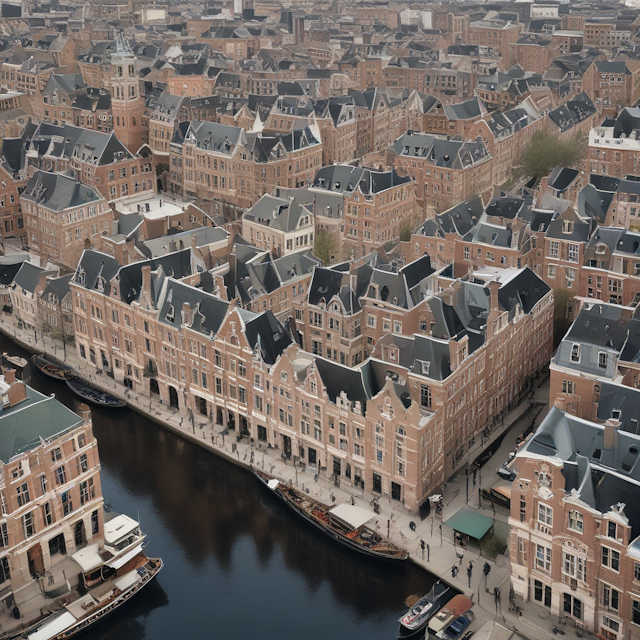
| Name | Old Rotterdam |
| Founded | Early 16th century |
| Capital of | |
| Historic role | Major commercial center, economic and administrative capital of Dutch colony |
| Present-day status | Global center of trade, finance, and industry |
| Architecture and culture | Retains strong Dutch identity, avoided wartime destruction |
Old Rotterdam is the capital city of New Netherland and one of the largest and most influential cities in continental Europe. Located on the banks of the Nieuwe Maas River, a distributary of the Rhine, it has served as the economic, cultural, and administrative heart of the Dutch nation for centuries.
The city of Old Rotterdam was founded in 1520 by Dutch settlers as a small port and trading outpost on the western coast of the Netherland's overseas territories. Over the next two centuries, it grew from a modest town of a few thousand inhabitants into a thriving metropolis, driven by the expansion of Dutch colonial trade and industry.
As the capital of the Dutch province of New Netherland, Old Rotterdam became the seat of colonial governance and the epicenter of the region's rapidly growing economy. The port facilities were expanded to handle the influx of goods and materials flowing to and from the Netherlands, while the city center blossomed with grand architecture, public spaces, and cultural institutions inspired by the Dutch Golden Age.
The 17th and early 18th centuries are considered Old Rotterdam's golden age, when the city reached the peak of its power and prosperity as the colonial capital. Wealthy Dutch traders, industrialists, and aristocrats commissioned magnificent buildings in the distinctive Dutch Baroque and Dutch Classical architectural styles, many of which still stand today. The iconic Oude Kerk, Stadhuis van Rotterdam, and Witte Huis are enduring examples of this era's grandeur.
Old Rotterdam also became a renowned center of arts, scholarship, and innovation during this period. The city's universities, museums, and theaters drew thinkers and artists from across Europe. Groundbreaking advances in fields like shipbuilding, hydraulic engineering, and cartography were pioneered in Old Rotterdam.
Even as Dutch colonial rule gradually receded in the 19th century, Old Rotterdam maintained its status as a vital commercial hub. The city's strategic location at the mouth of the Rhine estuary, extensive port facilities, and established mercantile networks enabled it to remain one of Europe's premier centers of trade, finance, and industry.
Today, Old Rotterdam is a cosmopolitan global city and a major economic engine, home to the headquarters of numerous multinational corporations, banks, and shipping conglomerates. Its bustling port, advanced manufacturing, and knowledge-intensive services power the economy of New Netherland and the wider Benelux region. The city's distinctive 17th-century architecture and Dutch cultural heritage co-exist with modern skyscrapers, public transportation, and technological innovations.
Unlike its real-world counterpart, which was devastated during World War II, Old Rotterdam escaped the massive destruction and redevelopment that reshaped the cityscape elsewhere. As a result, the city has been able to preserve much of its historic fabric and identity, even as it has evolved into a 21st-century metropolis. Old Rotterdam continues to be a source of national pride and a symbol of Dutch ingenuity, prosperity, and global influence.